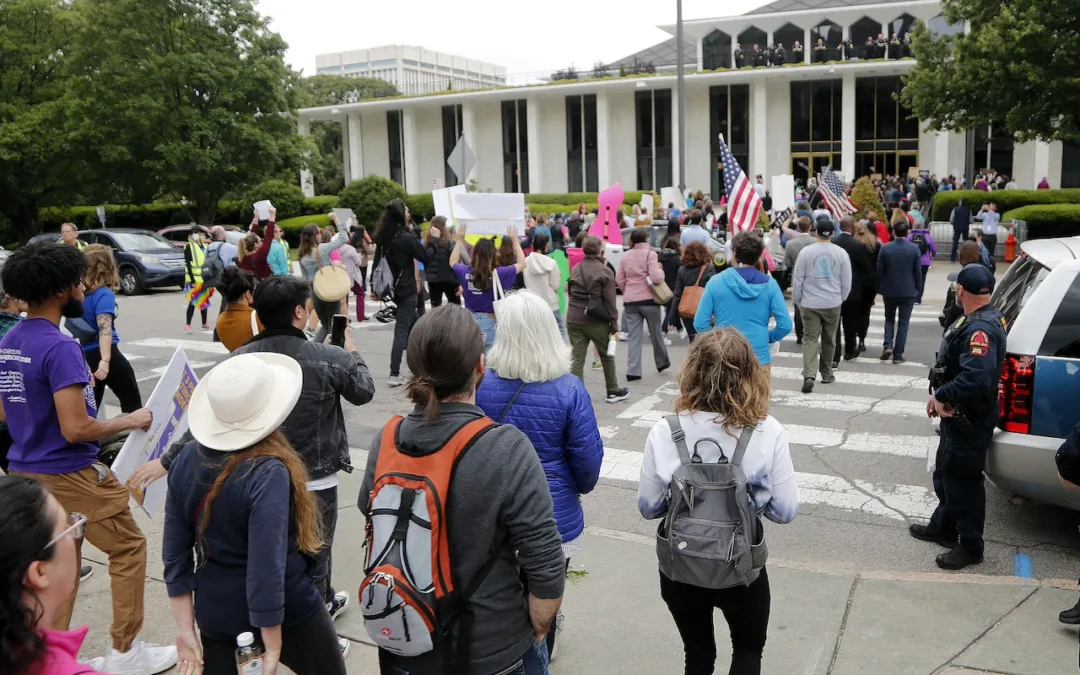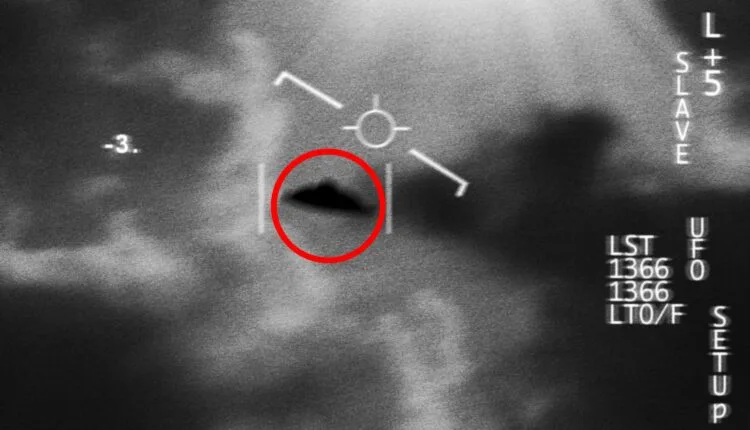
Image via Shutterstock
The NC Department of Health and Human Services’ new bed tracker found that during the week of Feb. 20, 489 people were waiting to be admitted to one of the state’s psychiatric facilities, with 253 of them were waiting for a psychiatric hospital.
by Rose Hoban, North Carolina Health News
February 28, 2023
Mental health patients in need of admission to state-run psychiatric hospitals across North Carolina might spend hours, days or even weeks in an emergency department, waiting for an open bed in a facility that is better staffed and equipped for their needs.
The state Department of Health and Human Services created a monitoring system over the past year that provides a quick report about the location of open mental health care beds available across the state.
What it shows can be disturbing.
DHHS found out through its new bed tracker that during the week of Feb. 20, 489 people were waiting to be admitted to one of the state’s psychiatric facilities, with 253 of them were waiting for a psychiatric hospital.
It wasn’t that there weren’t beds available in all cases. It often is a dire shortage of health care workers at the behavioral health facilities.
“We actually had empty beds, but we lacked the staff, the personnel to staff them, which means that we aren’t able to admit individuals off of that waiting list at the rate that you and we would expect,” DHHS Deputy Secretary Mark Benton told lawmakers last week during an appropriations committee meeting.
Benton and others delivered a grim description of the staffing situation at North Carolina’s three psychiatric hospitals and 11 other state-operated facilities — alcohol and drug treatment centers or those that house people with severe intellectual and developmental disabilities or children with mental health issues.
Vacancy, turnover rates high
When all of those facilities are at capacity, it takes more than 11,000 people to operate them — nearly two-thirds of the state health department’s 17,400 positions.
Luke McDonald from the legislature’s nonpartisan fiscal research division told lawmakers that right now, close to 3,700 positions are vacant — slightly more than triple the 1,230 vacancies reported in 2020.
“We’ve seen a decrease in the number of people served, looking at last year compared to two years ago,” McDonald said. “Across all the facilities [that] adds up to over 2,400 fewer people served, so a 31 percent decrease.”
For example, the state’s three psychiatric hospitals have a capacity of 894 beds, but they were only able to serve, on average, a total of 667 patients. The state’s three Alcohol and Drug Abuse Treatment Centers, if fully staffed, would have enough space for 146 patients every day, but they were only able to serve 80 patients per day, on average, throughout 2022.
“The vacancy rate, as well as the turnover rate in those facilities, remains high and sadly shows no signs of improvement,” Benton told lawmakers, noting that two-thirds of the vacant positions have been unfilled for more than six months.
Last year, Benton and DHHS Sec. Kody Kinsley appeared before lawmakers to brief them on a workforce vacancy rate in state-operated facilities of 26.2 percent. Now, Benton said, it’s at 30.1 percent.

“Our broader behavioral health system depends upon the availability of beds and services and staff all throughout the continuum of behavioral health care, whether that is in the community or within our facilities,” Benton said.
As lawmakers get deeper into the process of creating a state budget for the biennium that begins July 1, Benton and Kinsley are painting a stark picture of what’s needed to get the state’s mental health system back on track. Much of that, they say, is improved salaries for everyone from physicians to the people who cook the meals and keep state facilities clean.
The fiscal forecast for North Carolina is rosier than expected. In a report released mid-February by General Assembly budget analysts and the governor’s budget staff, revenues were projected to be $3.25 billion more than expected a year ago.
Republicans with majorities in both General Assembly chambers have talked about potential tax cuts, but there also could be a push for more spending on the state workforce.
Supply, demand imbalances
Staffing a bed is not as simple as hiring a nurse or two.
Bringing 20 beds online in a facility, DHHS estimates, would require 10 to 20 registered nurses and an additional 20 to 25 nurse aides or health care techs to cover three shifts per day, every day.
“Then as you get into multiples of those 20 beds, into 40 and 60, then you start thinking about the need to hire an additional psychiatrist and additional psychologists and social workers who will begin working on the discharge plans for those new patients,” Benton added.
When there are not enough workers one of two things happens: Either the bed remains empty or the state goes to the open market for temporary workers.
Those workers come at a steep cost.
“We spent $65 million last year to hire temporary nurses, temporary nurse aides and other staff,” Benton said. “We are on track to spend that amount this year, $32 million is what we have spent roughly midway through this year, so I anticipate that we will spend a similar amount when we reach the end of this state fiscal year.”
If there’s not a person holding that job and receiving a paycheck, that money is still budgeted and getting spent, McDonald said.
“They’re generally used for overtime or shift premiums, that’s for the current employees who are working there, or for temporary staff, contract staff,” he said.
Benton said there is a range of worker turnover rates.
In 2022, one out of every four workers left Durham’s Wright School, a facility for children ages 6 to 12 with serious emotional and behavioral disorders. That same year, Black Mountain Neuro-Medical Treatment Center saw two-thirds of its workers quit. Black Mountain is a nursing home-like facility for people who have complex medical and behavioral needs that require 24-hour monitoring.

The burnout that drives the vacancies has been exacerbated by the burnout many health care workers experienced during the coronavirus pandemic. Additionally, workers can command higher salaries and get them elsewhere.
Benton gave one example that legislators heard about while visiting a Greenville facility.
“The director there was sharing that for a nurse that he was about to hire, [he] was close to bringing that individual on board, but they got a competing offer that was $50,000 more than what he was able to pay,” Benton told lawmakers. “I don’t think his request was that I need to be able to match that dollar for dollar. I just need to be in the ballpark to be more competitive.”
Benton said the department just doesn’t have the money to consistently hire when others are willing to hire for tens of thousands more dollars.
New hiring flexibility not enough
The legislature gave the department some flexibility from state employment policies to hire more quickly and offer bonuses and shift differential pay for doctors, nurses and psychologists during the pandemic. Benton said that made a difference in some instances but did not extend to all jobs.
About three-quarters of the staff needed are unlicensed professionals, such as workers in food service, maintenance, human resources and information technology. Benton said the department is using lapsed salaries to pay overtime for unlicensed staff members and to hire temporary workers.
“I think about the thousands of unlicensed nurse aides, health care techs, youth program assistants, who form the backbone of the work that we do in our facilities, and we’re losing them to places like Starbucks and to the dollar store, who are able to pay a higher hourly rate,” Benton said. “They don’t have to work second or third shift, and they certainly don’t have the same responsibilities of caring for our patients with incredibly complex needs.”
Nonetheless, the positions with the highest vacancy rates are for nurses, clinical social workers, health techs and psychologists — the types of positions that are the foundation of a strong mental health facility.
That deficit, Benton says, leads to the “gloomy news” that roughly a third of the state-funded facilities’ beds are empty.
“If we had sufficient resources and actually were able to hold on to the staff that we currently have in our facilities and hire additional staff, we could fill every one, take everyone off that waiting list and put them into our facilities,” Benton said.
This article first appeared on North Carolina Health News and is republished here under a Creative Commons license.
North Carolina Health News is an independent, non-partisan, not-for-profit, statewide news organization dedicated to covering all things health care in North Carolina. Visit NCHN at northcarolinahealthnews.org.
Politics

New Biden rule protects privacy of women seeking abortions
Under the new rules, state officials and law enforcement cannot obtain medical records related to lawful reproductive health care with the goal of...

How North Carolina’s legislative session could affect you
After a six-month break, the General Assembly returns for a new session on Wednesday, April 24. Though this round is expected to be relatively...
Local News

The 5 most believable UFO sightings ever reported in North Carolina
Read about five alien encounters that may forever remain unexplained. When you think of the most common places where you might hear a UFO sighting...

Good News Friday: It’s a good day to be a fan of the NC State Wolfpack
The men's and women's teams will compete for a national championship in college basketball this weekend. Plus: How to watch the solar eclipse, and...




